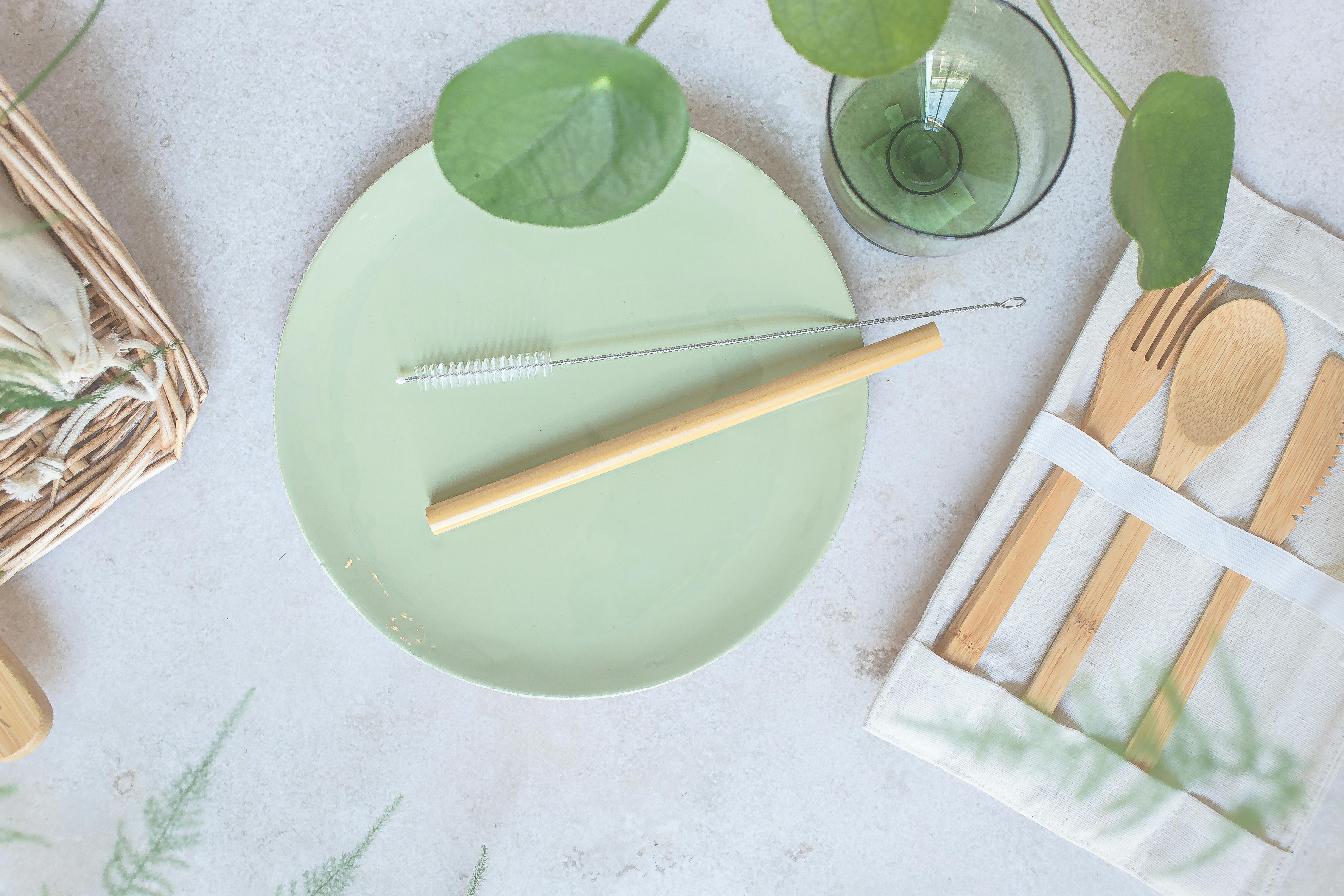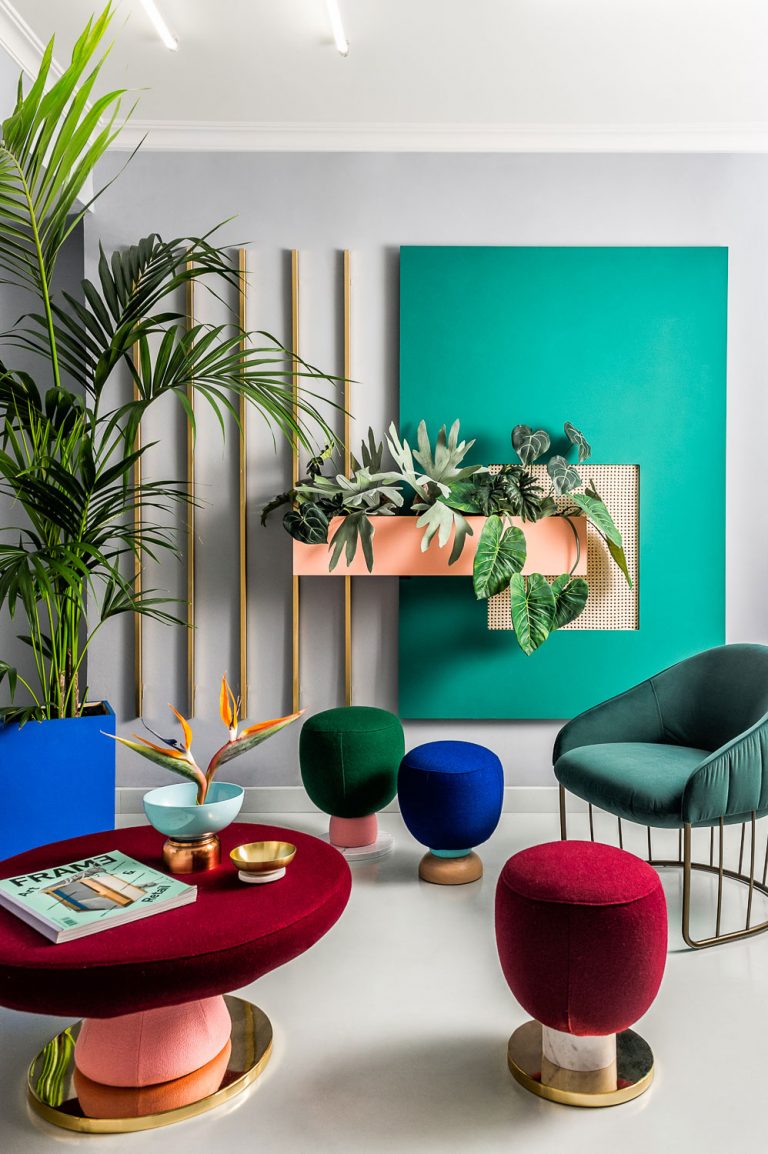The Art of Bamboo in Asian Interior Design: Sustainable & Stylish Spaces
When you hear “bamboo,” what comes to mind? For many, it conjures images of rustic tiki bars or inexpensive patio furniture. It’s often seen as a charming but ultimately unsophisticated material. This perception is a massive disservice to one of nature’s most remarkable resources. The truth is, you’re likely struggling to find materials that are genuinely eco-conscious without sacrificing an ounce of high-end style. You want your space to feel both beautiful and responsible. This article will shatter your preconceptions and show you how bamboo has become the cornerstone of chic, sustainable interior design in contemporary Asia and beyond. Prepare to see bamboo not as a compromise, but as a deliberate and powerful choice for creating breathtakingly stylish spaces.

This Photo was taken by Joshua Philip.
More than a plant: The strength and soul of bamboo
To truly appreciate bamboo, you must first understand what it is not. It is not wood; it is a type of giant grass. This distinction is crucial. While a hardwood tree can take decades to mature, some bamboo species can grow up to 3 feet in a single day, reaching full maturity in just 3-5 years. This rapid growth cycle means it can be harvested without causing deforestation. When cut, the root system remains intact and sends up new shoots, making it a highly renewable resource. According to a UN Environment Programme report, bamboo releases 35% more oxygen into the atmosphere than an equivalent stand of hardwood trees.
This natural resilience is deeply embedded in Asian culture, where bamboo symbolizes strength, flexibility, and good fortune. It’s a material that brings a story into your home. It’s the foundation of mastering biophilic design, connecting us directly to the natural world in a tangible way.

This Photo was taken by Felix Young.
Bringing bamboo home: From structure to statement piece
The versatility of modern bamboo processing allows it to be integrated into almost any aspect of your interior. Forget the old clichés; today’s bamboo applications are sleek, innovative, and incredibly chic.
Structural and spatial elements
One of the most elegant uses of bamboo is in creating visual separation and flow. Tall bamboo poles can be used to create stunning room dividers or screens that filter light beautifully. These elements are perfect for defining spaces in an open-plan home, such as a front entry design that needs a soft transition into the living area. This approach aligns perfectly with the principles of Feng Shui, which emphasizes the harmonious movement of energy (chi) throughout a space. Bamboo wall panels also add incredible texture and warmth, transforming a plain wall into a feature.

This Photo was taken by Micheile Henderson.
Furniture that defies expectation
Modern bamboo furniture is a world away from flimsy patio sets. Designers now use engineered bamboo to create pieces with clean lines and sophisticated silhouettes that rival traditional hardwoods. Think minimalist dining tables, elegant side chairs, and sleek media consoles. These are investment pieces you might find when searching for the best furniture store in Dubai or any other global design hub. While some may deliberate over custom-made Italian furniture, bamboo offers a compelling blend of contemporary aesthetics and environmental consciousness that top tastemakers, like Miami’s premier designers, are increasingly embracing.
The foundation of your room: Flooring and beyond
Bamboo flooring is an exceptional choice for modern homes. It is durable, water-resistant, and provides a clean, warm aesthetic. There are several things to take into consideration, such as the type:
- Vertical & Horizontal: These traditional styles showcase the bamboo’s natural grain.
- Strand-Woven: This is the superstar. Bamboo fibers are shredded, compressed with resin under high pressure, and milled into planks. The result is a flooring material that is more than twice as hard as oak.

This Photo was taken by RDNE Stock project.
The intelligent choice: Bamboo by the numbers
Style is important, but a smart design choice is also a practical one. The decision to use sustainable materials is a core part of how you can design your business success, and the same principles apply to creating a successful home environment. The global bamboo market is projected to reach over USD 82 billion by 2025, driven by its dual appeal of sustainability and performance. Here’s a quick look at how strand-woven bamboo stacks up against a classic hardwood like Red Oak, using the Janka hardness scale as a reference for durability.
| Feature | Strand-Woven Bamboo | Red Oak |
|---|---|---|
| Avg. Janka Hardness Rating | 3,800 – 5,000 lbs | 1,290 lbs |
| Time to Maturity | 3 – 5 Years | 20 – 40 Years |
| Sustainability | Highly renewable (grass) | Renewable, but requires replanting |
| Water Resistance | High | Low to Moderate |

This Photo was taken by Amine.
Styling with bamboo: Creating your modern sanctuary
Bamboo’s neutral tone and clean texture make it a versatile player in various design aesthetics.
Minimalist zen
For a truly calming space, pair natural, light-colored bamboo with a palette of whites, creams, and soft greys. This is the essence of mastering minimalist interior design. The focus is on clean lines, uncluttered surfaces, and the simple beauty of the material itself. Let the bamboo be the star against a quiet, serene backdrop.
Japandi fusion
Japandi—a hybrid of Japanese minimalism and Scandinavian functionality—is a natural home for bamboo. The Japanese appreciation for natural materials and craftsmanship blends perfectly with the Scandi love for simplicity and comfort. Pair bamboo furniture with cozy textiles, handcrafted ceramics, and a focus on creating a functional yet soulful space.

This Photo was taken by cottonbro studio.
Frequently asked questions about bamboo
Is bamboo really a durable material for furniture and flooring?
Yes, especially strand-woven bamboo. As shown in the table above, its Janka hardness rating surpasses many traditional hardwoods, making it extremely resistant to dents and scratches. It is an excellent choice for high-traffic areas and active households.
Is bamboo waterproof?
While no natural material is completely waterproof, bamboo is highly water-resistant due to its dense fibers. This makes it a suitable material for kitchens and even well-ventilated bathrooms, where traditional hardwood might warp.
How do you care for bamboo surfaces?
Care is simple. For flooring and furniture, use a soft cloth or microfiber mop for dusting. For cleaning, use a pH-neutral cleaner designed for hardwood or bamboo floors. Avoid excessive water, harsh chemicals, or abrasive scrubbers.
Is all bamboo eco-friendly?
Not always. The most sustainable bamboo comes from well-managed sources. Look for products with Forest Stewardship Council (FSC) certification. This ensures the bamboo was harvested responsibly. Also, inquire about the adhesives and finishes used, opting for those with low or zero volatile organic compounds (VOCs).

This Photo was taken by Cup of Couple.
The new heirloom: Designing with consciousness and character
The art of using bamboo in Asian interior design is not about following a fleeting trend. It is a fundamental shift toward a more intelligent and intentional way of living. It answers the critical question of our time: how do we create beauty without compromising our planet? Bamboo provides a clear, compelling answer. It is a material that embodies both ancient wisdom and modern innovation. By choosing bamboo, you are not just selecting flooring or a piece of furniture. You are choosing resilience over waste, sustainability over excess, and timeless style over passing fads. You are weaving a story of consciousness and character directly into the fabric of your home, creating a space that is not only stylish and sustainable, but also deeply meaningful. That is the true power and elegance of bamboo.

